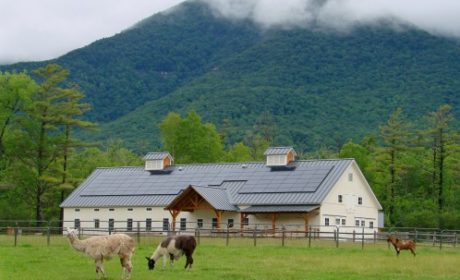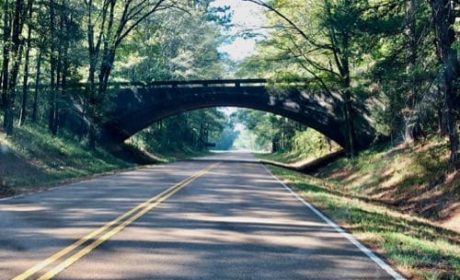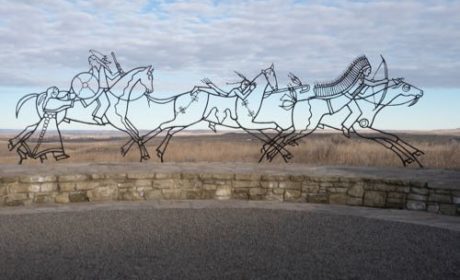Boomers love their road trips! Alan and I certainly do. But we haven’t experienced a southern Pennsylvania road trip. Shame on us because we’ve missed out on some important U.S. history as well as lovely scenery.
Lucky for us, Susmita Sengupta is here to inspire a road trip to Gettysburg, PA and Amish Country. Use her tips to plan your trip. This would make a great grandkid/grandparent bonding adventure over history and culture.
On a fall road trip, my family visited Southern Pennsylvania to immerse ourselves in the many historic attractions at Gettysburg. And then we took a picturesque drive through Amish Country.
Enjoy this Southern Pennsylvania road trip itinerary through history as I show you the best things to see and do in Gettysburg and Lancaster County.
Table of Contents
How to Visit Gettysburg
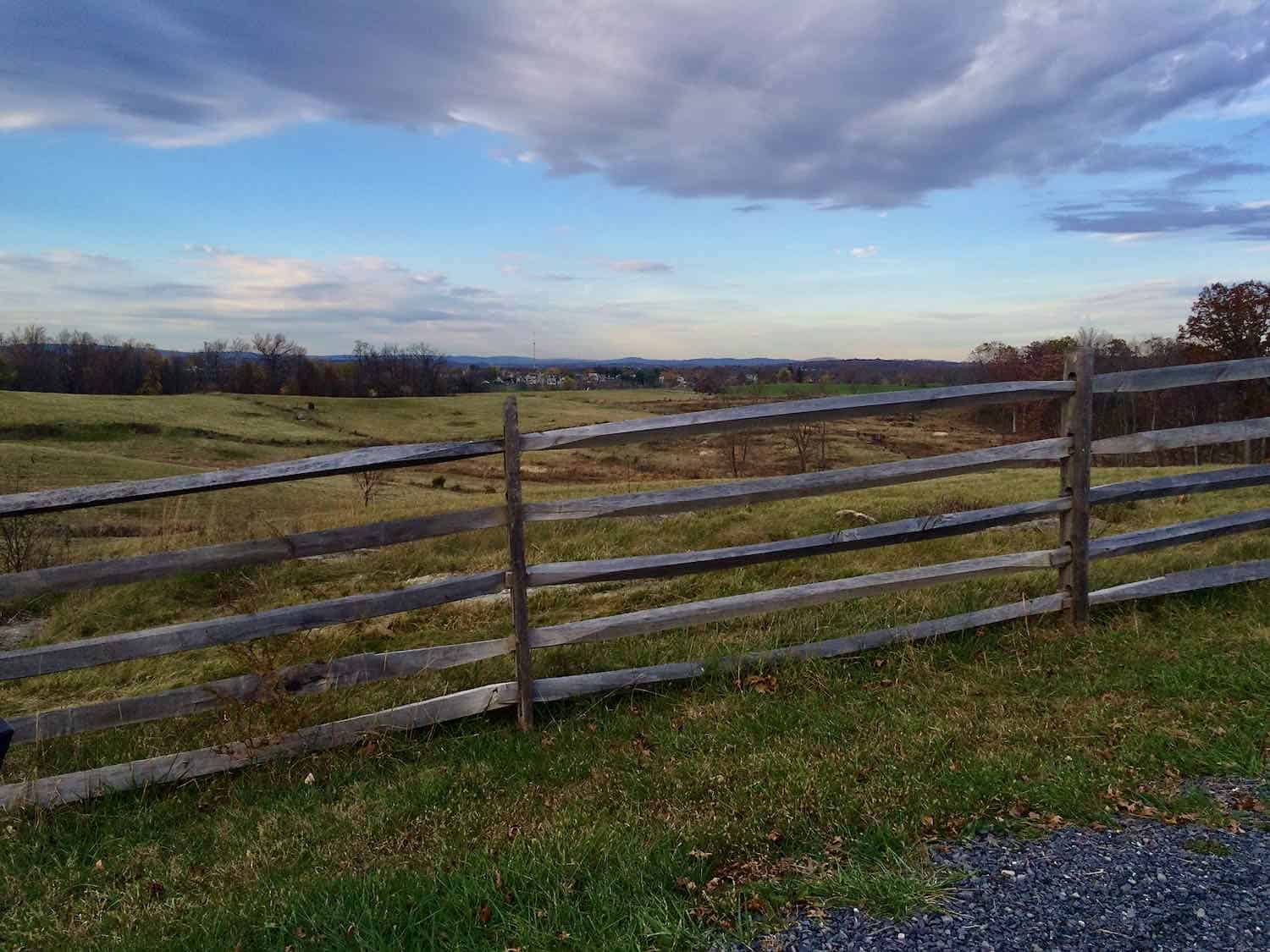
About a two and a half hour drive from the big city of Philadelphia lies Gettysburg. This charming, small town in Adams County left an unforgettable imprint in the annals of United States history. The battle fought here during the U.S. Civil War (1861-1865) ultimately brought about a victory which changed the course of this nation.
Start at the Gettysburg Visitor Center
The American Civil War (also known as The War Between the States) started in April 1861 between the industrialized Northern states (Union Army) and the agrarian Southern states (Confederate Army) whose economy relied on slave labor. The Civil War went on to become the bloodiest war in American history.
The Battle of Gettysburg which was fought over three tumultuous days (July 1-3, 1863) was the deadliest and the most decisive event of the war. It changed the conflict in favor of the Northern states.
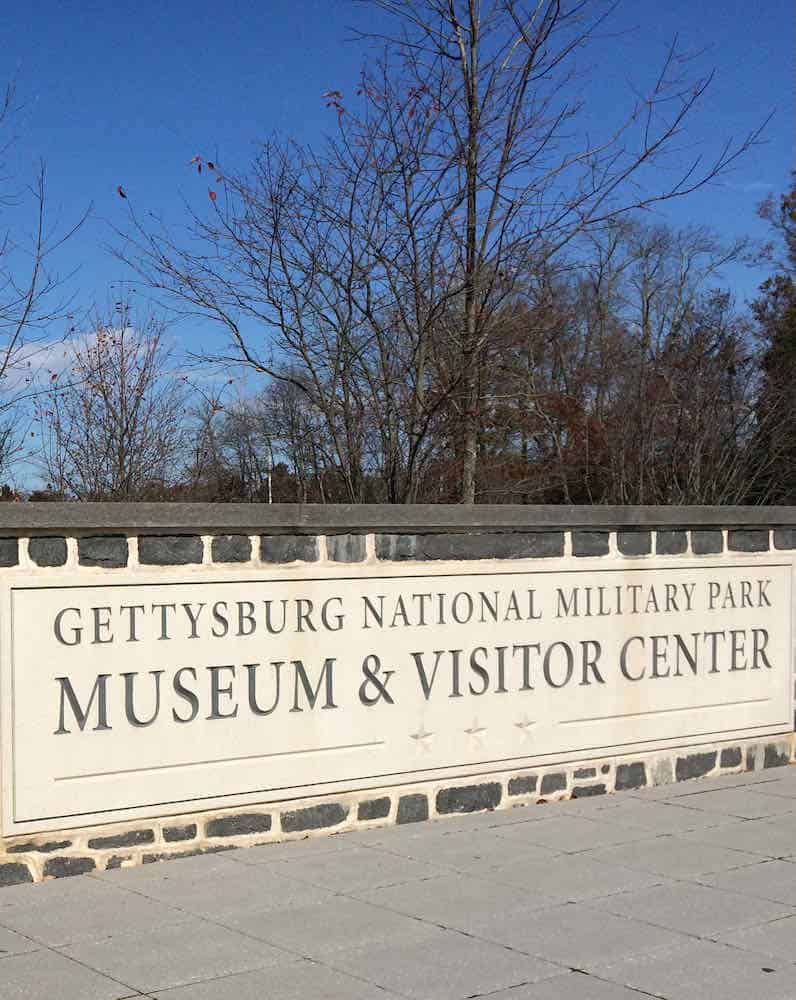
Our visit started at the Gettysburg National Military Park Museum and Visitor Center, (official website), which includes three fee-based exhibits, each of which highlights various aspects of the war. It is also where visitor amenities such as the cafe, restrooms and the gift store are located.
First up was the Gettysburg Museum of the American Civil War, an informative and thoughtful repository of artifacts, interactive displays and films.
Second, if you have time do not miss the movie, “A New Birth of Freedom”, narrated by Morgan Freeman. We wanted the whole experience so we spent 20 minutes learning about the details of the battle and did not regret a minute.
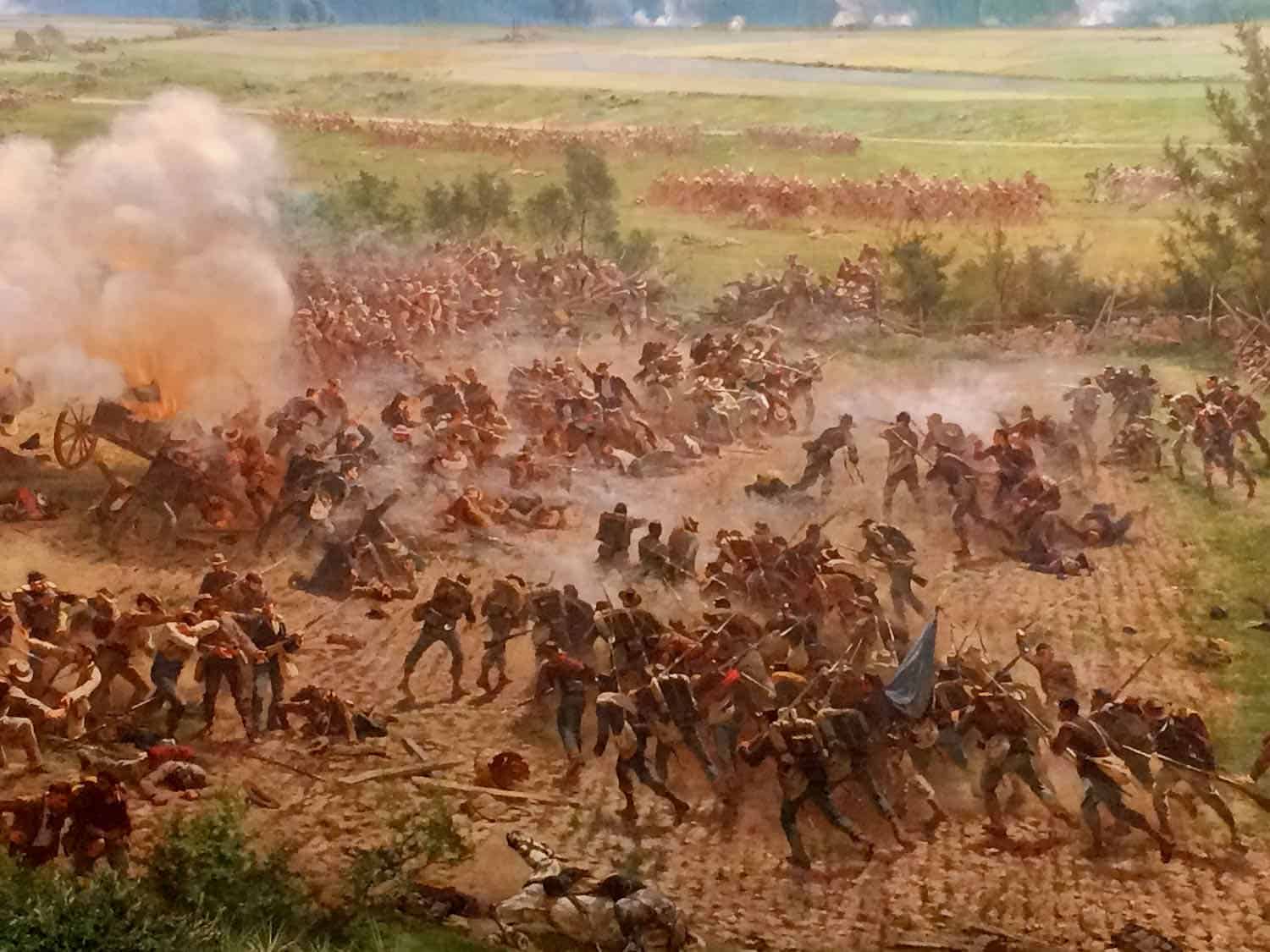
But the exhibit that really impressed me was a 3D oil painting of the most important moments from the war. Known as the Battle of Gettysburg Cyclorama Painting, it was created by Paul Philippoteaux in the late 1880s.
It took Philippoteaux a year to complete this gigantic canvas diorama which enthralls viewers with the gripping historic events of Pickett’s Charge. We stood with other visitors on the viewing platform and were quickly drawn into the story through the light and sound show.
Tour The Gettysburg Battlefield
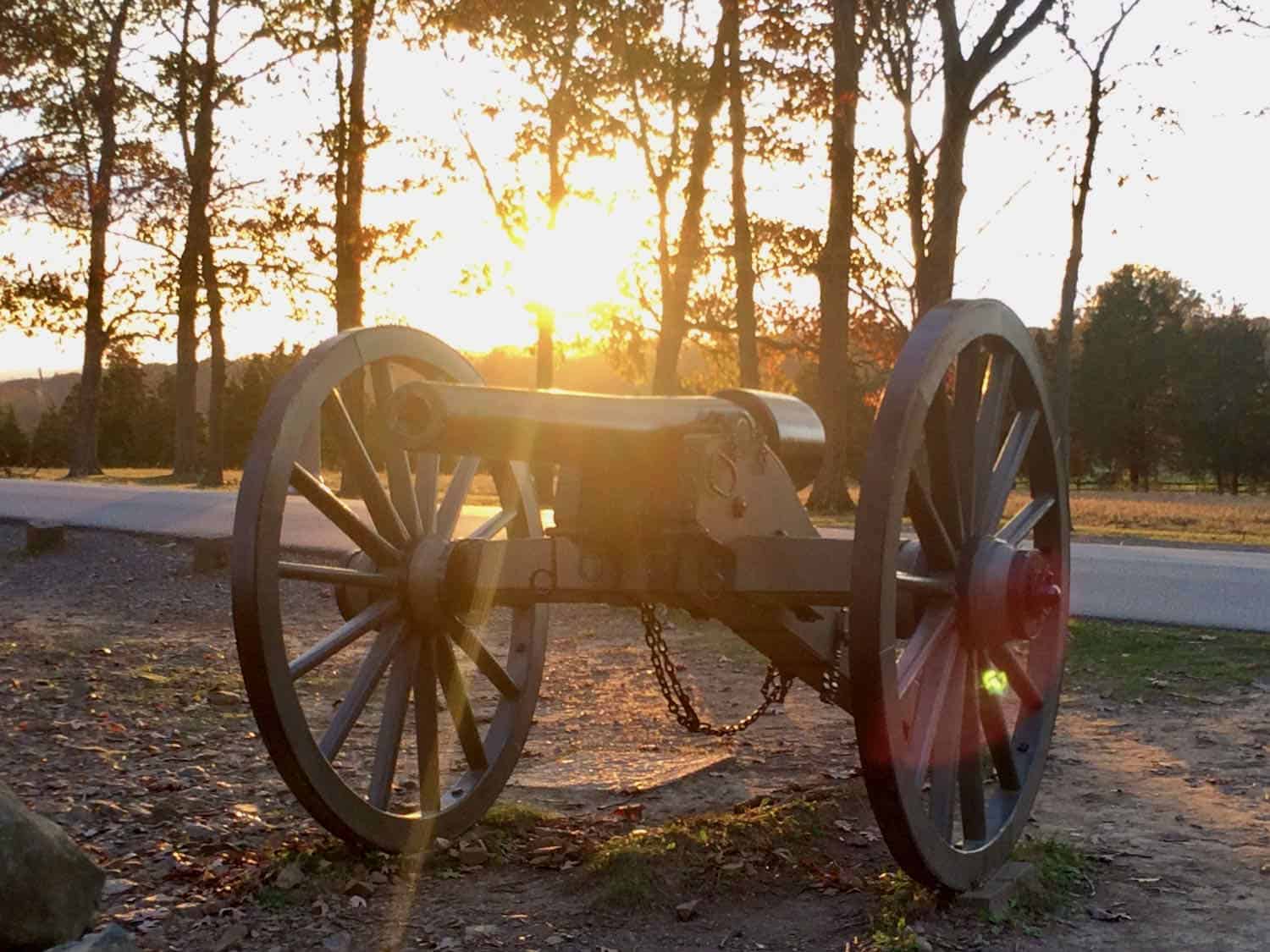
Then it was time to see the most important exhibit of all: the stretched out, desolate landscape of the Gettysburg Battlefield. Covering around 6000 acres, the battlefield is dotted with monuments and statues (around 1400 in all) and close to 400 cannons facing southeast. The site is at once a sobering but enjoyable place to visit.
There are a number of ways to see the battlefield. You can hire a licensed guide (personal tour or group bus tour), you could tour with a Park Ranger, or you can take a self guided driving trip armed with a park map from the Visitor Center. Purchasing a narrated self-guided tour is another option.
Focus on the Valley of Death
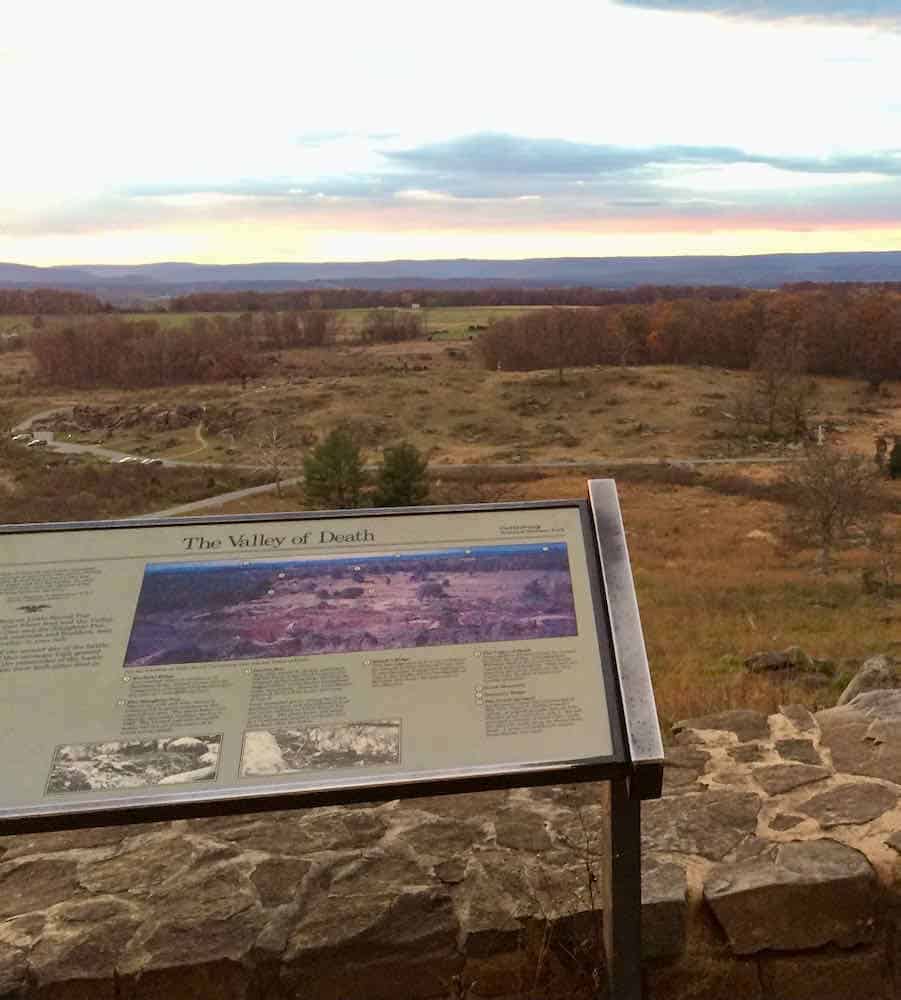
We decided to do the self-guided driving tour with the map so that we could see the battlefield at our own pace. The map had sixteen points of interests commemorating prominent moments and battles of the war.
You will realize quickly as we did that that you cannot visit them all. And so we focused on a few.
The Valley of Death is where we stopped. From there it’s possible to survey some of the spots where the fiercest battles were fought: a landscape streaked with boulders, known as Devil’s Den, a creek called Plum Run, that ran red on that fateful day. Further away was Little Round Top, a hillock also known for intense fighting.
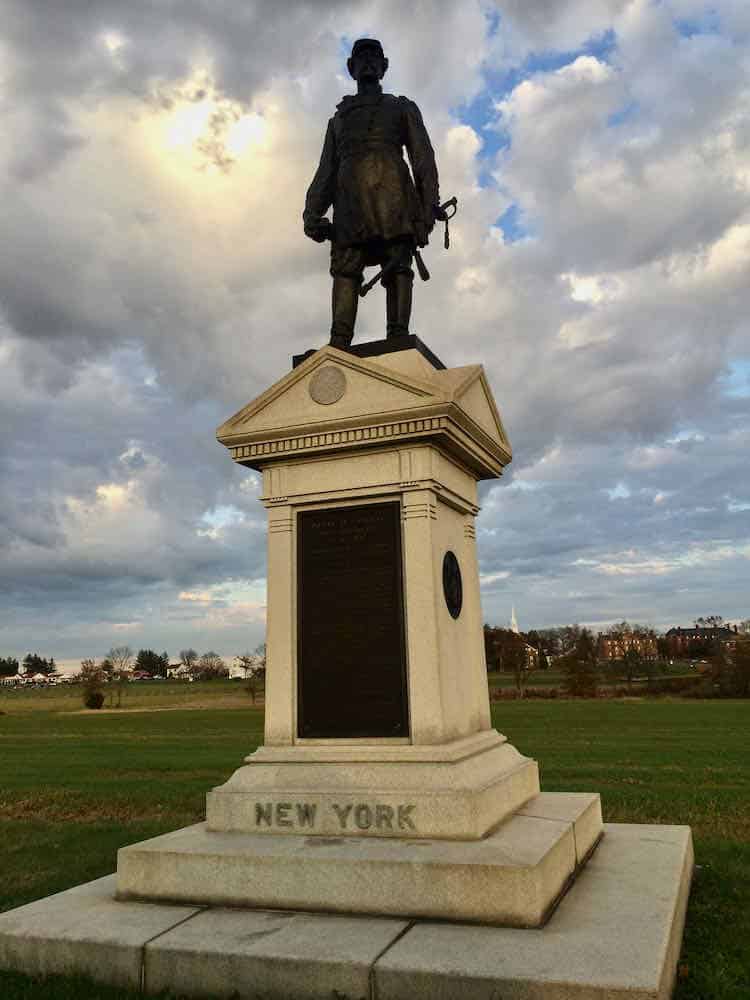
The monuments stood proud and tall as we drove by them and stopped at a few for photo moments. Each monument, memorial or marker pays homage to states, military units or individuals. They are spread throughout the battlefield and along roads and places around the area.
Stop by Gettysburg National Cemetery
Keep some time aside to stop by Gettysburg National Cemetery, originally known as Soldiers’ National Cemetery, the final resting place of soldiers and their dependents from the Civil War to the Vietnam War.
“Four score and seven years ago…” the world renowned Gettysburg Address was delivered here by President Abraham Lincoln. He delivered the 272 word speech on November 19, 1863 at the dedication ceremony of the cemetery. There is a unique memorial honoring his words.
Peer into Civilian Life of the 1800s
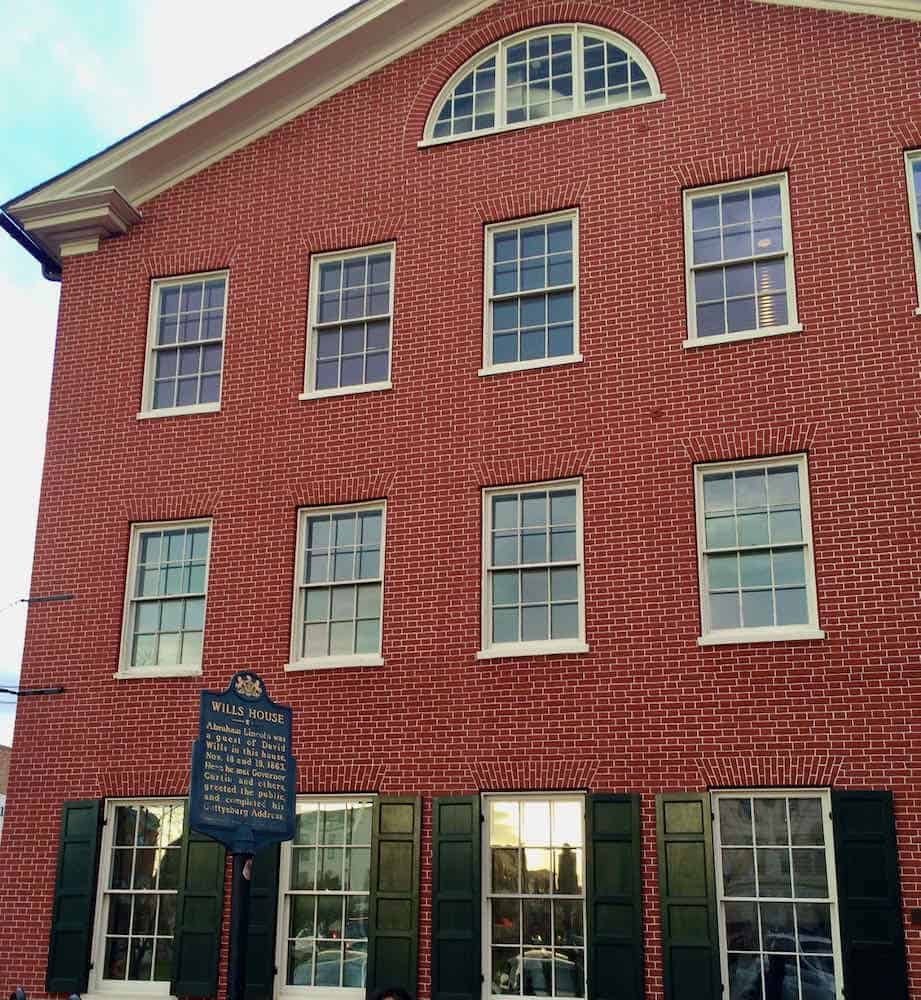
Not all sightseeing has to be battlefield related. Gettysburg is home to many historic houses, each of which has its own captivating story to tell about its Civil War occupants. The houses are a microcosm of the lives of some of the 1400 civilians who suddenly found themselves in the midst of a bloody war.
The Shriver House Museum was the home of George and Hettie Shriver, and their two young daughters. Take a guided tour to get a view into their pre Civil War lives and how it was upended in 1863. We toured the beautifully restored and furnished house, viewed the bullet holes, the sharpshooters nest in the attic and the “four square” period garden.
Jennie Wade House reminded me sadly of the fragility of life as guides in period attire retold the tragic story of twenty year old Jennie Wade who was kneading dough in her kitchen as the battle raged outside. A rifle bullet punctured two doors to stop her young life.
Wills House, on the other hand, brought us front and center into the goings on behind the iconic Gettysburg Address. This was the house of attorney David Wills, who spearheaded the establishment of the Gettysburg National Cemetery.
President Abraham Lincoln spent the night at Wills House prior to his speech, penning the final draft of his world famous address. Visitors can tour six galleries including the bedroom where Lincoln stayed and wrote the Gettysburg Address.
Boomer Travel Tip
Use our road trip planner to make the most of your next road trip adventure.
Walk Through A Presidential Home
For an insight into presidential life, visit Eisenhower National Historic Site, at a stone’s throw distance from the battlefield. You can get there by bus from the Military Park Visitor Center.
The house and farm purchased by General Dwight D. Eisenhower, served as a weekend retreat for him and his wife Mamie. It became their home after Eisenhower completed his two term Presidency in 1961.
While the house tour requires tickets, the gardens and grounds offer free access. You can do a self-guided tour to see the cattle barns, skeet range, tea house and lovely gardens.
Boomer Travel Tip
Looking for a place to stay in Gettysburg? Start your research here.
Stroll Amidst Nature in Gettysburg
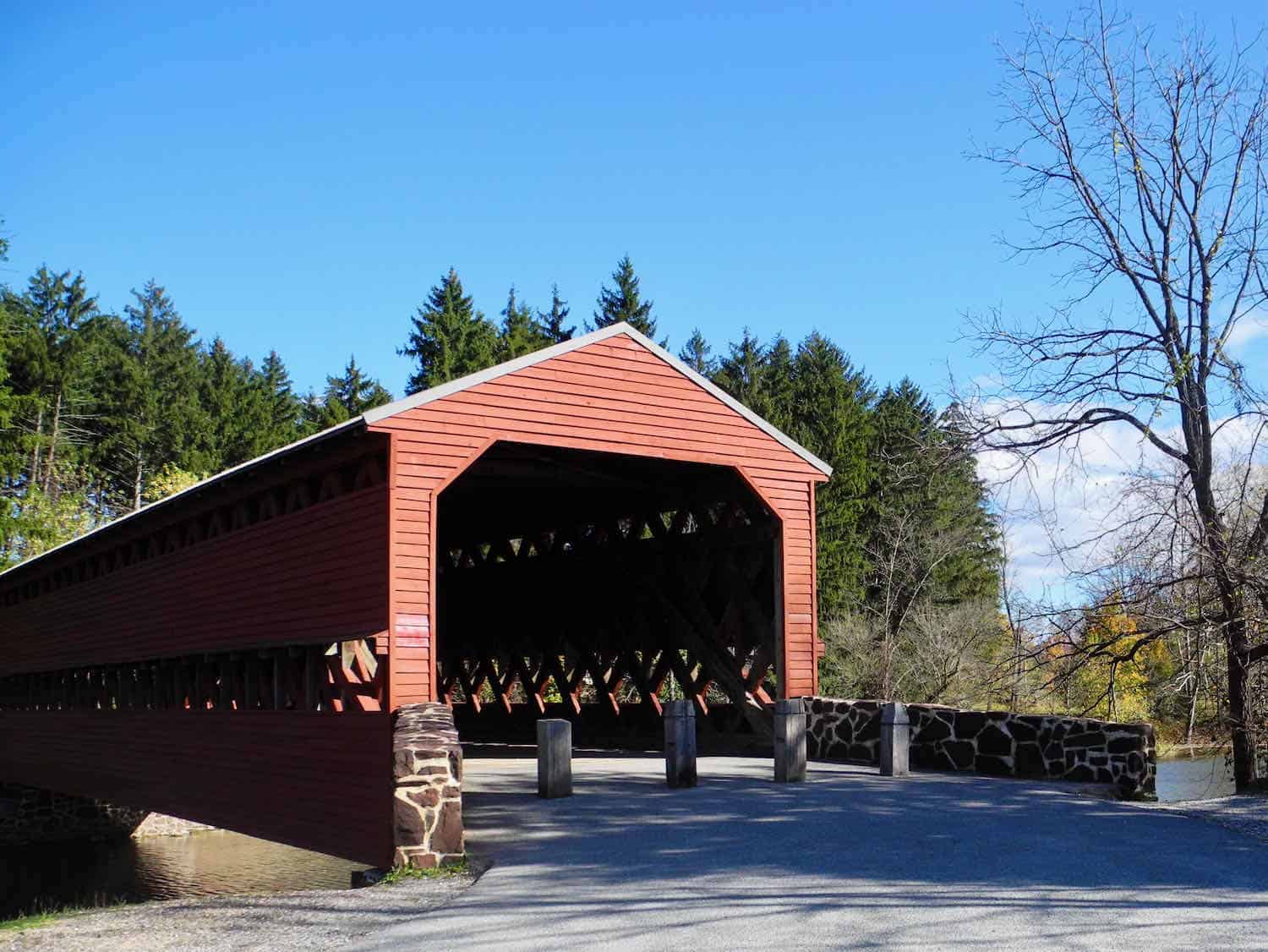
For a break from the history loaded excursions, head off to see the Sachs Covered Bridge, about four miles away. Though I was aware of covered bridges of the Northeast, it was our first time seeing one.
I was immediately enchanted by the beauty of the bright red exterior. We spent long moments walking inside the covered bridge. It was fun to peer through the lattice shaped trusses to watch the water flowing underneath.
Built first in 1854, it too has some Civil War related history as parts of the Union Army crossed Sachs Covered Bridge to reach Gettysburg. The Confederates retreated over this same bridge after the Union victory.
If you have moments to spare, visit The Roundbarn, about a ten minute drive away to admire its architecture. You’ll also enjoy the view of the rolling hills and perhaps sample the locally grown fruits and vegetables.
Driving through Lancaster County: Peaceful Amish Land
About an hour and half’s drive away from Gettysburg towards Philadelphia is Lancaster County, home to the Pennsylvania Amish. It is the oldest, and one of the largest, Amish settlements in the country.
Yes, the region does get inundated with tourists. But that should not deter you from viewing or experiencing a slower, laid back way of life by the people who call this part of Pennsylvania home.
You could certainly park your car and take a tour of the bucolic countryside, perhaps in a horse and buggy for an authentic experience. These tours take visitors to see Amish run farms where one can take part in farm related daily chores such as milking cows or gathering eggs.
We drove through towns with interesting names such as Bird-in-Hand and Intercourse. We stopped at Amish run craft stores selling gorgeous handmade quilts, blankets and fabrics. It was also fun to taste and purchase farm fresh produce and baked goods from farm stores.
We had started our weekend trip by visiting a land rich in heritage. Concluding our vacation with a drive through the rolling, pastoral farmlands of Pennsylvania Dutch country provided the perfect bookend to our short Southern Pennsylvania road trip.

